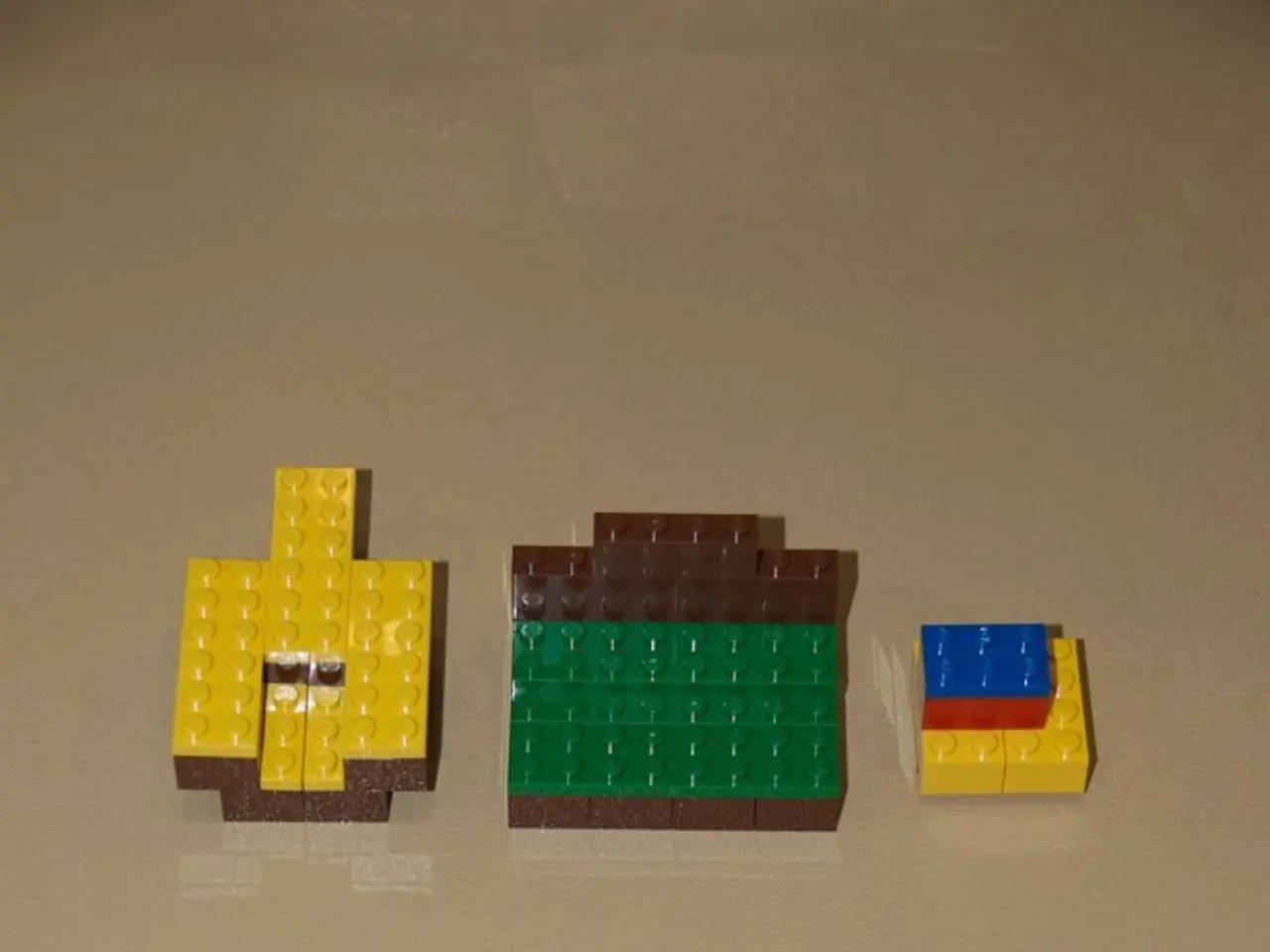Exploring Scratch: Its Functionality and Updates
Scratch, a free block-based programming tool developed by MIT Media Lab, is designed to teach students action event-based coding rather than deep language coding. This platform, which has recently undergone visual updates, is aimed at children aged 8 to 16 and has been translated into at least 70 languages worldwide.
First launched publicly in 2007, Scratch has had two iterations since then, moving from Squeak coding language to ActionScript and then to JavaScript. The platform is a product of the Lifelong Kindergarten Group at the MIT Media Lab, led by Mitchel Resnick.
Scratch's user-friendly interface consists of three main sections: a stage area, a block palette, and a coding area. The stage area displays the results of a project, such as an animated video. The block palette contains all the commands that can be dragged and dropped into the project through the coding area. A sprite character can be selected, and commands can be dragged from the block palette into the coding area to make the sprite perform actions.
One of the recent updates to Scratch includes changes to the logo color, the addition of high contrast blocks, and enhanced icons for views, loves, and favorites. These changes aim to make the platform more engaging for students.
Scratch's online community allows for interactivity, with members able to comment, tag, favorite, and share projects. As of publishing, Scratch has more than 67 million projects shared by over 64 million users.
For educators, Scratch offers a Teacher Account that allows for easier management and direct commenting on student accounts. Additionally, ScratchEd, Scratch's educator community, provides a platform for educators to share resources and ask questions.
Coding learned through Scratch can be useful for future coding and programming studies and employment opportunities. Scratch can be used with other real-world projects such as LEGO Mindstorms EV3 and BBC Micro:bit, providing students with practical applications of their coding skills.
Scratch is free to use, sign-up, and collaborate, but external devices like LEGO may require separate purchases. Despite being free, Scratch receives 38 million monthly visitors, highlighting its popularity among students and educators.
In conclusion, Scratch is a fun and visually led way to teach students coding basics. Its user-friendly interface, engaging community, and practical applications make it an excellent tool for both students and educators.
Read also:
- Peptide YY (PYY): Exploring its Role in Appetite Suppression, Intestinal Health, and Cognitive Links
- Toddler Health: Rotavirus Signs, Origins, and Potential Complications
- Digestive issues and heart discomfort: Root causes and associated health conditions
- House Infernos: Deadly Hazards Surpassing the Flames




